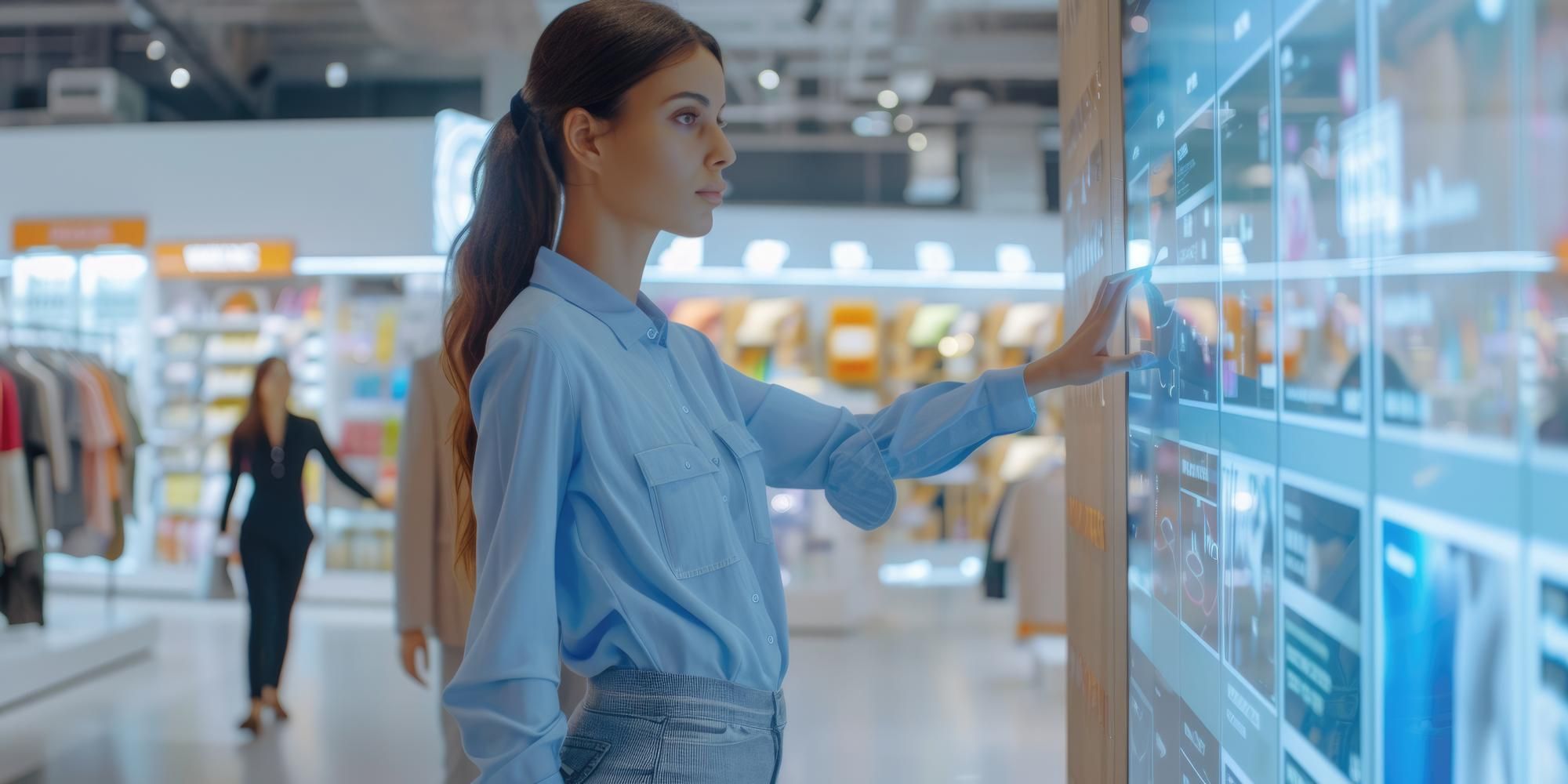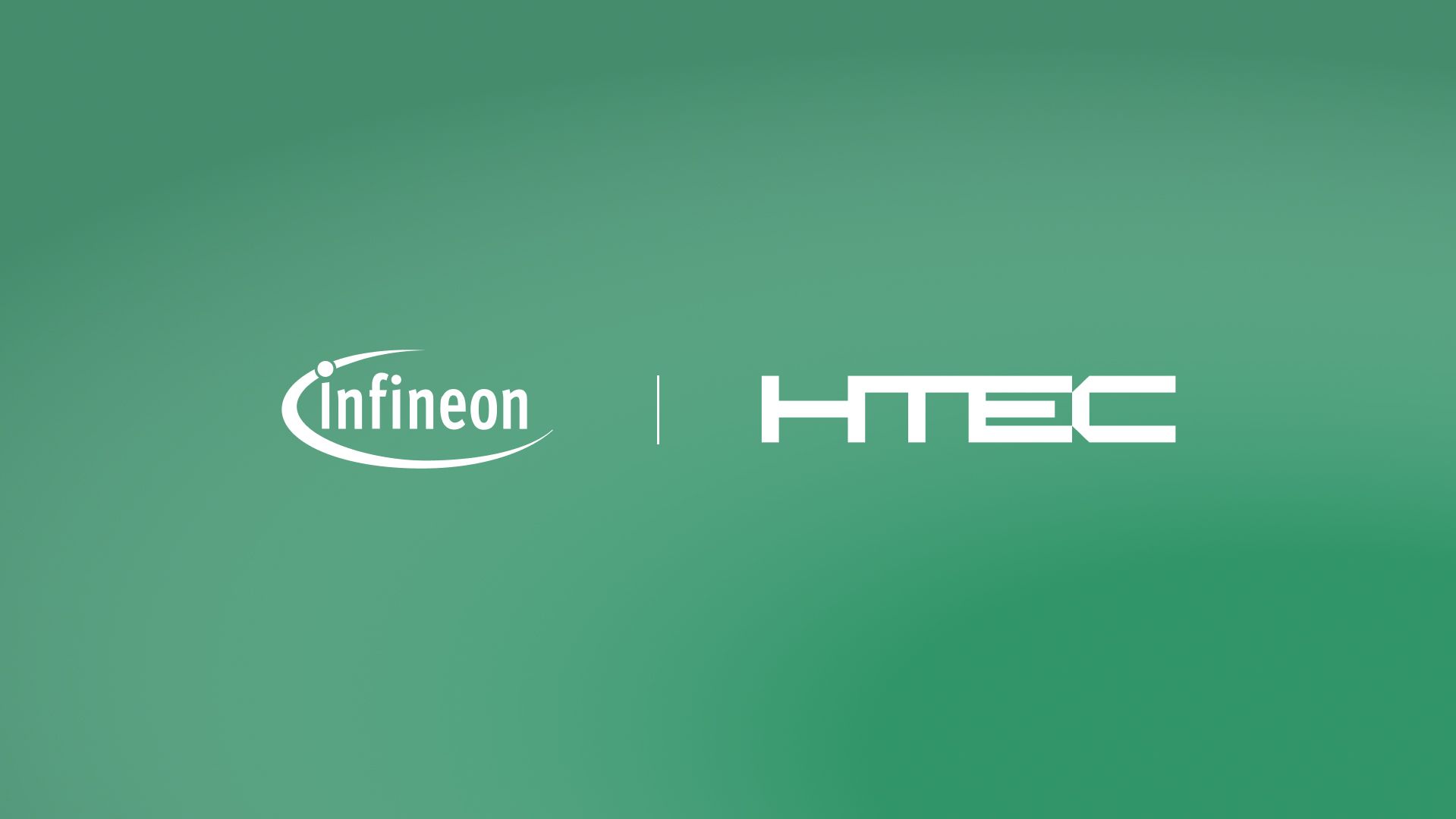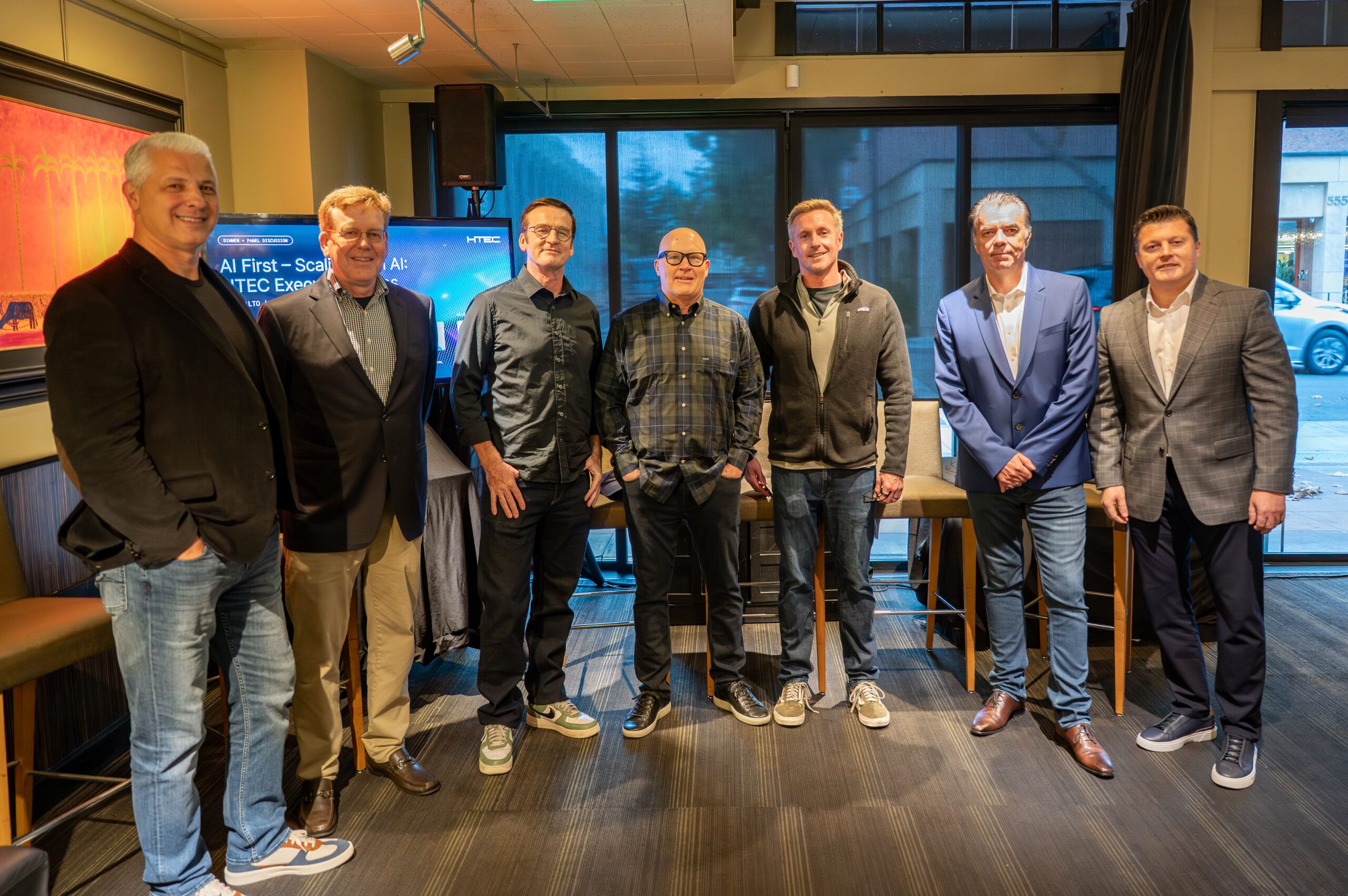Retail is undergoing a seismic shift. The omnipotent combination of artificial intelligence (AI) and Internet of Things (IoT) technologies is transforming the way retailers approach all aspects of their business – from logistics and operations to customer experiences.
As consumer expectations rise and competition intensifies, retailers face mounting pressure to deliver seamless experiences while maintaining operational efficiency. Yet, many stores still grapple with persistent pain points: shrinkage due to theft, under- or over-staffing, lost sales from poor inventory visibility, and inefficient task execution. These challenges not only erode margins but also compromise customer satisfaction.
Ironically, most retail environments already possess the infrastructure needed to address these issues – security cameras and sensors are ubiquitous in modern retail. What’s missing is the intelligence to harness these tools effectively. That’s where computer vision steps in.
Computer vision transforms passive infrastructure into active intelligence, enabling retailers to optimize three critical areas: security, operations, and store intelligence. Let’s explore how.
Security: From Surveillance to Smart Prevention
Retail shrinkage costs the industry hundreds of billions annually. Traditional surveillance systems are reactive, relying on manual monitoring and post-incident reviews. Computer vision flips the script by enabling real-time, automated threat detection.
Theft Prevention
Smart vision systems can detect a wide range of suspicious behavior – concealment, loitering, unauthorized access, mis-scans, and sweethearting – and trigger alerts before theft occurs. This proactive approach reduces losses and deters criminal activity.
Real-Time Alerts
Instead of relying on human vigilance, AI-powered systems send instant notifications to store personnel when anomalies are detected. Whether it’s a shoplifting attempt or a safety hazard, staff can respond immediately.
ORC Detection
Organized Retail Crime (ORC) is a growing threat. Along with AI-powered analytics and inventory monitoring solutions, computer vision plays a major role in identifying suspicious patterns across multiple stores, flagging repeat offenders and coordinated theft attempts. All of this can be done, across stores and within security and privacy guidelines.
Incident Response
When incidents do occur, computer vision systems can provide timestamped footage, behavioral analytics, and contextual data to enable staff to respond appropriately, as well as to support investigations and insurance claims. This saves hours lost in traditional search-and-find practices to locate the issue, pull the video, and share with legal authorities. Furthermore, many issues are not processed because the video feed cannot be located.
Operations: Automating the Everyday
Retail operations are complex and labor-intensive. From inventory checks to task execution, inefficiencies abound. Computer vision streamlines these processes, freeing up staff to focus on providing satisfying customer experiences.
Inventory Automation
Despite being a persistent issue for decades, the global retail industry is still losing $1.73 trillion annually due to under-and over-stocking, according to a recent IHL group report. By analyzing shelf images and product movement, computer vision can detect out-of-stock items, misplaced products, and planogram compliance issues. This ensures shelves are always stocked and organized.
Task Management
Smart vision platforms can monitor task completion – such as cleaning, restocking, or promotional setups – and provide real-time feedback. Managers gain visibility into store performance without micromanaging.
Compliance Tracking (planogram compliance)
Computer vision ensures compliance by continuously monitoring store conditions and alerting staff to deviations. This removes the need for extensive and time-consuming manual work by automating tasks such as shelf-validation, manual audits, and visual merchandising compliance.
Queue Optimization
Long lines frustrate customers and hurt sales. Vision-based systems analyze queue lengths and wait times, prompting staff to open new registers or redirect traffic to self-checkouts. Furthermore, modern smart checkout systems can minimize queues or eliminate them entirely.
Intelligence: Seeing Beyond the Store
Beyond security and operations, computer vision unlocks strategic insights that drive growth. By analyzing customer behavior and store dynamics, retailers gain a deeper understanding of what works – and what doesn’t.
Predictive Analytics
Using historical and real-time data, smart vision systems forecast demand, staffing needs, and inventory requirements. This enables better planning and reduces waste.
Customer Journey AI
Computer vision tracks how customers move through the store, what they engage with, and where they linger. These insights inform layout decisions, product placement, and marketing strategies.
Revenue Optimization
By identifying bottlenecks, missed opportunities, and high-performing zones, retailers can fine-tune operations to maximize revenue. For example, relocating popular items to underperforming areas can boost overall sales.
HTEC Smart Vision: A Unified Platform for Store Intelligence
The retail industry is crowded with point solutions: shelf monitoring, checkout vision, loss prevention, heat mapping. Each of these solutions works in isolation, but without an integrated foundation, these tools don’t talk to each other – and the AI potential remains locked away.
HTEC Smart Vision is a comprehensive solution that integrates security, operations, and intelligence into a single platform. Designed for scalability and ease of use, it empowers retailers to transform their stores without overhauling existing infrastructure.
How It Works
- Edge-first architecture: Processing happens locally, ensuring fast response times and data privacy. The system works with existing camera infrastructure and can be easily scaled from a single store to entire chains.
- AI-powered intelligence: Custom neural networks for retail with the highest accuracy in detecting issues with a system that learns continuously and provides synthetic data for rapid deployment. Models can be specific to a region, or even to individual stores.
- Seamless integration: Compatible with existing cameras and other store infrastructure, with out-of-the-box APIs for POS, ERP, and WMS systems, enabling real-time dashboards, mobile apps for staff, hosted either on-premise or in the cloud.
- Phased rollout: Retailers can implement Smart Vision in stages, starting with high-impact areas in pilot stores, and then scaling based on proven results and continuous optimization. This approach ensures focus on high ROI with low risk.
Implementation Journey
HTEC Smart Vision follows a phased approach to maximize ROI and minimize disruption:
Phase 1: Security
Retailers begin by addressing immediate pain points—shrinkage, safety, and incident response. This phase delivers quick wins and measurable ROI through loss prevention and improved staff efficiency.
Phase 2: Operations
Next, stores automate routine tasks and optimize workflows. This phase enhances productivity, reduces labor costs, and improves compliance. This phase can also be addressed first if inventory concerns are considered a greater priority than security issues.
Phase 3: Intelligence
Finally, retailers unlock strategic insights to drive growth. From customer behavior analysis to revenue optimization and competitive insights, this phase positions stores for long-term success.
Pathway to intelligence
Computer vision is no longer a futuristic concept – it’s a practical, proven tool for modern retail. By transforming existing infrastructure into intelligent systems, retailers can tackle their biggest challenges head-on.
HTEC is the partner that orchestrates disparate resources into a powerful intelligence network. We start with an audit of the current infrastructure, pinpoint where value is trapped, and design a unified vision architecture that makes every camera, sensor, and model work together.
HTEC Smart Vision delivers measurable impact across the board:
- Cost avoidance: Prevent theft, reduce waste, and minimize compliance violations.
- Revenue protection: Ensure product availability, optimize staffing, and improve customer experience.
- Revenue generation: Leverage insights to boost sales, enhance marketing, and stay ahead of competitors.
Our teams don’t just deploy technology – we create the connective layer that future-proofs your investments and positions you for the AI-powered stores of tomorrow. In a world where every second and every sale counts, smart vision isn’t just an upgrade – it’s a competitive edge that makes all business operations smarter, better orchestrated, and purposeful.
Get in touch to learn more about HTEC’s Smart Vision platform and explore how it can enhance your retail operations.






